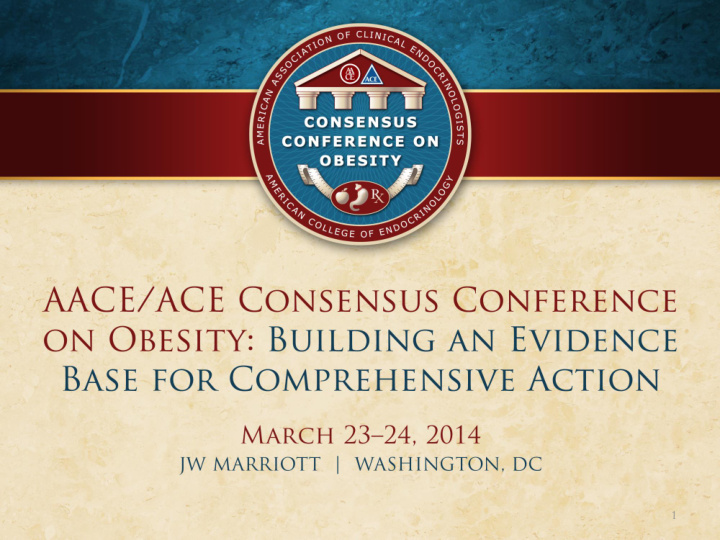



1
Biomedical Pillar What are the knowledge gaps and how can they be filled? • Neurohormonal control of appetite and adiposity • New therapeutic interventions are needed • Role of genetics • Cost effectiveness should be assessed, both short term and long term • More education is needed at the level of medical school and residency. • Strategies to maintain weight loss is an overarching issue; we know too little about this. Need more long-term data for sustained weight reduction. 2
Biomedical Pillar Knowledge Gaps (cont’d.) • In addition, research is needed on: – Impact of psychological disorders (eg, binge eating, addiction) – Endocrine disruptors and obesogenic drugs – Effective social messaging, increased public awareness – Strategies to modify the environment to decrease obesogenic potential. – The relationship between disordered sleep and weight gain. – Pediatrics: optimal age for intervention. – Impact of obesity on inpatient costs/hospitalization – Development of personalized medicine to treat obesity based on genomic or metabolomic profiles 3
Government & Regulatory Pillar What are the knowledge gaps and how can they be filled? – Additional information about effectiveness of modalities on various age groups – Health disparities – Health literacy/dietary guidelines – Clinical trials to measure environmental impact – Provider attitude and knowledge base – Guidance for drug development and approval – Policy implementation outcomes 4
Health Industry & Economics Question 5: What are the knowledge gaps and how can they be filled? • How would treatment patterns change if payors reimburse for clinician time and therapies prescribed • Weight trajectory as a metric • Weight plateau as acceptable end point. • Can we design a person and/or population- specific economic modeler ? • Stratification algorithm by ethnicity, gender, race • BMI vs Waist circumference vs DXA vs Other
Health Industry & Economics Question 5b - What are the knowledge gaps and how they can be filled? • Impact of adding obesity guidelines to the guidelines for the complications • ACA and ACOs create opportunity • ICD-10 creates opportunity
Health Industry & Economics Question 5c - What are the knowledge gaps and how they can be filled? • Analogous to anti- smoking and drunk driving? • Does the ACA and ACOs create opportunity? • Shared financial risk model • Agreeing on consistent coding so that databases can be mined effectively • Overcoming therapeutic nihilism in obesity • Impact of the LOOK-Ahead results
Organizations, Education & Research Pillar What are the knowledge gaps and how they can be filled? – Agreement on the definition of obesity and adequacy of BMI as sole determination – Health Care Professionals and their staff are not trained to address obesity in patients – Team approach and defining lifestyle modification based on individual patients – Match appropriate therapy to individual patients, taking cultural awareness into consideration – Critical periods for intervention – Better understanding regarding the types, location and function of adipose tissue – Best diet 8
Recommend
More recommend